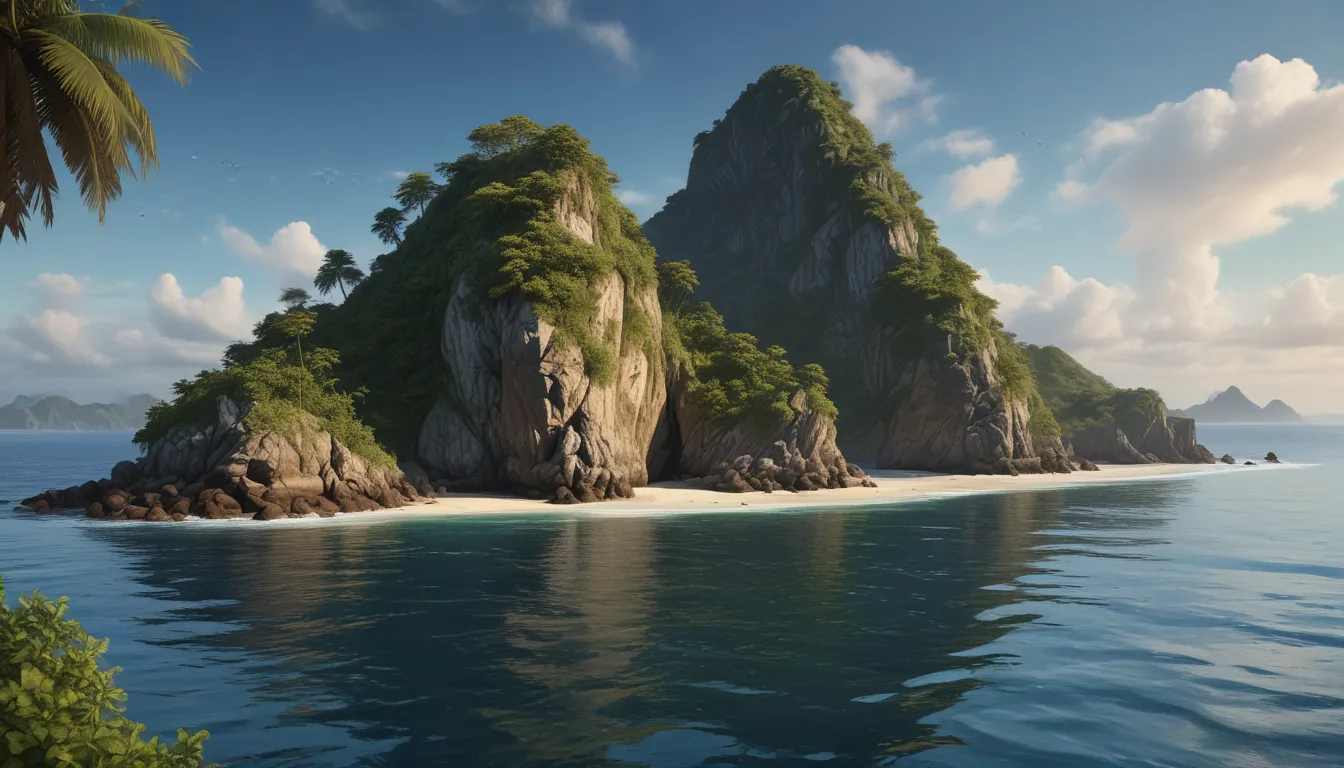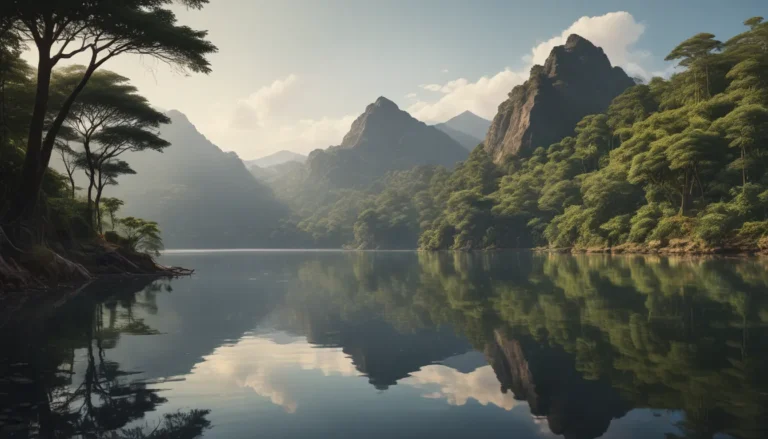The pictures we use in our articles might not show exactly what the words say. We choose these pictures to make you interested in reading more. The pictures work together with the words but don’t take their place. The words still tell you the important facts.
Are you ready to embark on a virtual journey to the captivating Line Islands? Nestled in the central Pacific Ocean, these atolls and coral islands are a paradise for nature lovers and adventure seekers alike. Join us as we uncover 12 fascinating facts about the Line Islands that will leave you in awe of their beauty and diversity. From stunning marine life to a rich cultural heritage, these remote and largely unexplored islands have so much to offer. So sit back, relax, and get ready to explore the mesmerizing Line Islands.
Delving into the Gems of the Line Islands
The Line Islands, also known as the “Equatorial Islands,” are a chain of coral atolls and reefs that form part of the Republic of Kiribati. Comprising 11 main islands spread over 2,000 kilometers, each island within the chain offers its own unique charm and attractions, making it an ideal destination for nature lovers and adventure enthusiasts. Among these islands, Kiritimati, also known as Christmas Island, stands out as the largest coral atoll in the world. Boasting pristine white-sand beaches, crystal-clear turquoise waters, and a diverse ecosystem, it attracts scientists, researchers, and nature enthusiasts from around the globe.
Untouched Beauty and Rare Wildlife
The Line Islands are a haven of untouched natural beauty and rare wildlife, making them a paradise for both nature lovers and researchers studying the impact of climate change. These islands offer stunning coral reefs, vibrant marine life, and world-class diving opportunities. With limited tourist infrastructure and minimal human impact, visitors can connect with nature on a deeper level in a serene and untouched environment. The Line Islands are also home to numerous rare and endemic species, thanks to their isolation and minimal human interference. From colorful fish to endangered sea turtles, these islands harbor a wealth of biodiversity waiting to be explored.
Understanding Climate Change Through Research
Scientists study the Line Islands to gain valuable insights into the effects of climate change on marine ecosystems. The pristine reefs and complex ecological systems provide critical data on rising sea temperatures, coral bleaching, and ocean acidification. Additionally, the Line Islands offer exceptional diving and snorkeling opportunities, allowing visitors to explore colorful fish, graceful sea turtles, and mesmerizing coral formations in an underwater wonderland. The islands also serve as a prime nesting site for endangered sea turtles, including green turtles and hawksbill turtles, contributing to the conservation of these magnificent creatures.
A Blend of Nature and History
The Line Islands have a rich cultural heritage rooted in the traditions and customs of the Kiribati people. Visitors can engage with the local community, experience traditional dances and music, and learn about the islanders’ way of life. As the sun sets over the islands, breathtaking sunsets and stargazing opportunities await, providing a front-row seat to nature's beauty. Despite their remote location, the Line Islands have a lot to offer in terms of natural wonders, biodiversity, and cultural experiences.
Engaging with the Line Islands: Frequently Asked Questions
-
Where are the Line Islands located?
The Line Islands are situated in the central Pacific Ocean, forming part of the Republic of Kiribati. -
How many islands are there in the Line Islands?
The Line Islands consist of 11 main islands and atolls, including Christmas Island and Palmyra Atoll. -
What makes the Line Islands unique?
The Line Islands are renowned for their untouched natural beauty, vibrant coral reefs, and diverse marine life, offering exceptional diving and snorkeling experiences. -
Are the Line Islands accessible for tourists?
While the Line Islands may be more remote and less developed, they can still be visited with proper planning and permits. -
What activities can I engage in on the Line Islands?
Popular activities on the Line Islands include snorkeling, diving, bird watching, hiking, and exploring cultural sites. -
Are there accommodations available on the Line Islands?
Accommodations on the Line Islands may be limited but include guesthouses, eco-lodges, and private rentals. -
What is the best time to visit the Line Islands?
The dry season, from November to April, is the best time to visit the Line Islands for favorable weather conditions. -
How can I reach the Line Islands?
The Line Islands can be accessed by air, with regular flights available to Christmas Island and other islands. -
Can I learn about the culture of the Line Islands?
Visitors have the opportunity to engage with the local community and learn about the traditional customs, music, and dance of the Kiribati people. -
Are there conservation efforts in place to protect the Line Islands?
Yes, conservation efforts are ongoing to preserve the natural and cultural resources of the Line Islands for future generations.
Unraveling Nature’s Mysteries in the Line Islands
As you explore the wonders of the Line Islands, you'll be immersed in a world of pristine landscapes, rare wildlife, and vibrant cultures. Whether you're diving into colorful coral reefs, observing endangered sea turtles, or engaging with local communities, the Line Islands offer a unique blend of adventures and experiences. So, if you're seeking an off-the-beaten-path destination that will inspire and awe, consider adding the Line Islands to your travel bucket list. Dive into the beauty of nature, unravel the mysteries of time, and embark on an extraordinary journey to explore the hidden gem of the Pacific Ocean.






